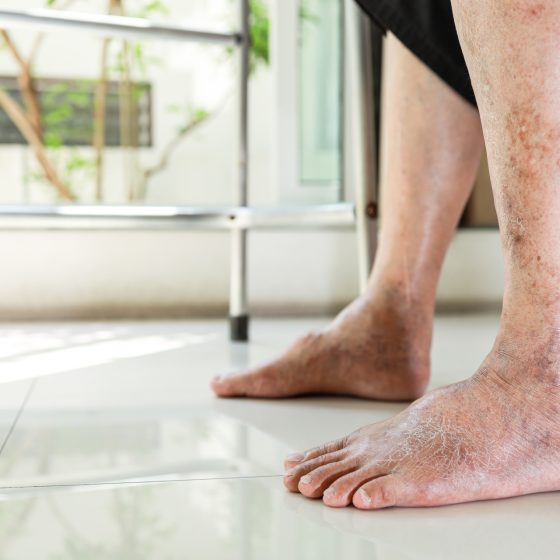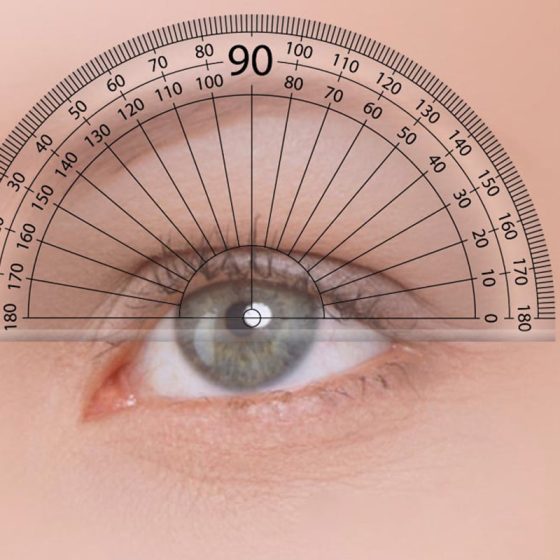Caring for patients with a mental illness
Key facts Caring for someone with a mental illness can be challenging and it’s OK to feel a range of emotions. Looking after yourself will help you to stay well and better care for the person with mental illness. Learning about your loved one’s mental health condition can help you support them. A mental health safety plan may help you and your loved one know what to do in a crisis. There are many support services available for mental health carers. How does a person’s mental illness affect their family and friends? Having a mental illness can affect a person’s family and







